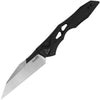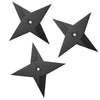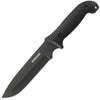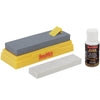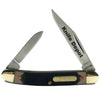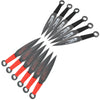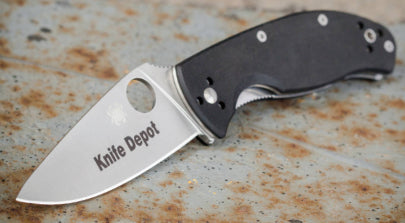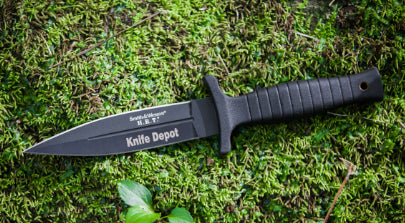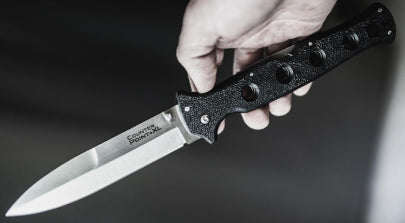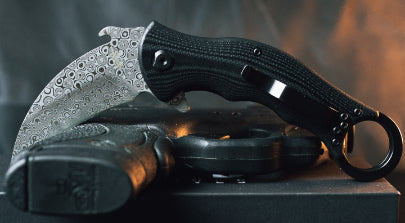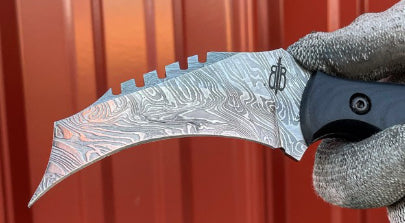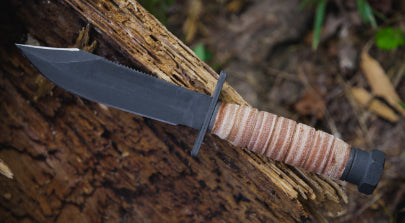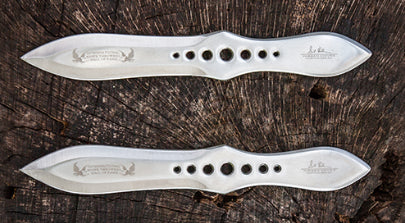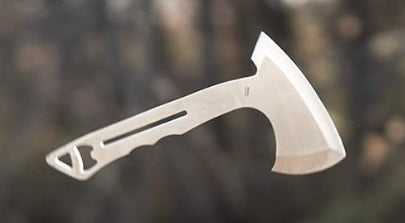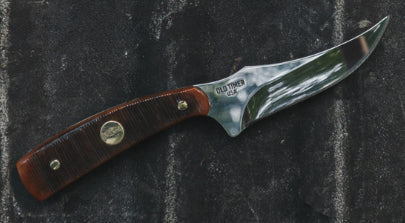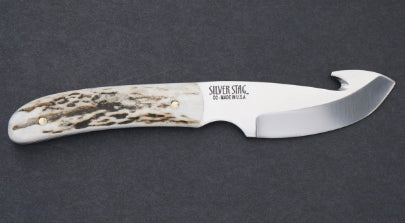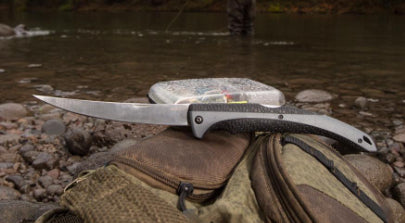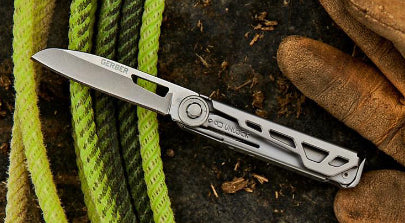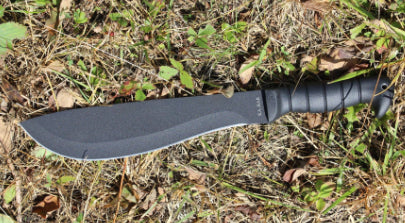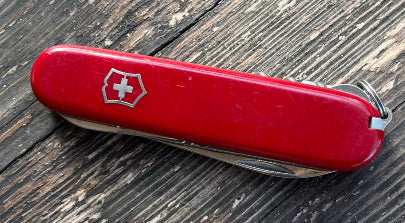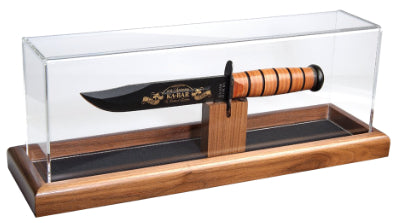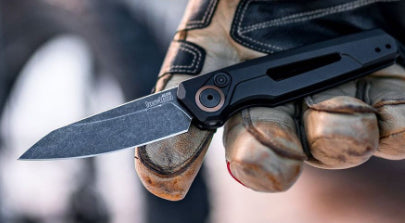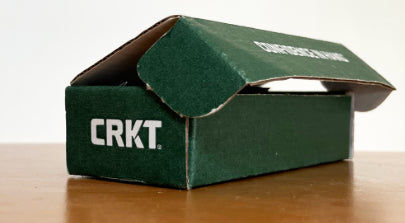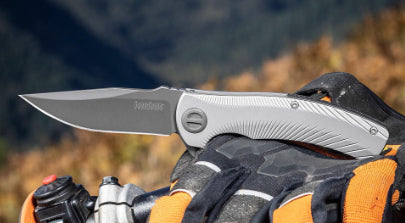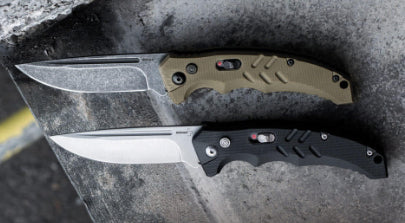Cutting Board Basics
There are three rings to the prep work that goes into just about any dish you prepare in a kitchen. The knives you use for cutting. The way you keep those knives sharp. And the surface upon which you do all your cutting. Welcome to the world of cutting boards.
Cutting Board Basics
Your first consideration should be how much counter space you have. The bigger the board, the less you will find yourself fussing. On the other hand, learning to work effectively in a small area is a handy prep skill, and the cleanup is easier.
The second question is one of personal aesthetics, or which shape works best for you. Your main choices are rectangular, square, or round. And be sure that if you buy a cutting board that's several inches thick, its surface doesn't sit so high on your countertop that you can't cut on it comfortably.
And then there's the foot issue, as in cutting boards with feet. Feet may be fine for that little round cheese board you bring out at parties, but for a workhorse cutting board, if you go with rubber feet you end up with one useful side of the board when you've just paid for two.
Plastic or Wood?
There are two basic kinds of boards: one is made from high-impact plastic, the other from wood.
High-impact plastic cutting boards
The virtues of high-impact plastic are:
- Price: You're looking at about $20-30 for a 16-by-20-inch board.
- It's nonporous: Without built-in pores, there's no place for nasty bacteria to hide. This doesn't mean that nasty bacteria can't live for a time on the surface of the board, however.
- Stain resistance: After chopping a pile of cooked beets, simply wash the vermilion away with soap and warm water.
- Weight: High-impact plastic doesn't weigh much. These boards are easy to move on and off the counter. Use them when you need them; store them when you don't.
- Color-coding: For the truly food-borne-disease paranoid, use different-colored boards for raw meat, raw poultry, raw fish, and all else.
- It's dishwasher-safe (sort of): This is a yes-and-no virtue. Yes, you can clean your plastic cutting board in a dishwasher at high temperature. No, that temperature may not be high enough to kill the bacteria that trouble your sleep. But dishwasher water temperature may also be high enough to warp your plastic cutting board.
Wood Cutting Boards
The virtues of wood are:
- Beauty: Even as they age, or especially as they age, good wooden cutting boards become more and more attractive.
- Surface: Smooth hardwood such as hard rock maple may be the perfect surface to work on with sharp knives. The whole motion of knife on a cutting board is a slide. The sharp edge of the knife slides on the surface of the cutting board. At the same time, the surface of a high-quality wooden cutting board does nothing to damage the cutting edge of the knife.
- Weight: A good-size cutting board weighs a good deal. You are likely to leave it where it sits. So buy a cutting board that fits your counter space. If you have no counter space, there are cutting boards (both plastic and wood) designed to fit over sinks. But the weight of a wooden cutting board, and the immobility it suggests, can be an advantage. A heavy cutting board set down on a wet kitchen towel is not going to move no matter how vigorously you knead bread dough by hand.
- Sustainable - now you can buy a bamboo cutting board made from sustainable materials
When Is a Cutting Board a Carving Board?
If you're lucky, never. Cutting boards are a daily, necessary part of the kitchen. The old carving board with its blood gutter and juice grooves is something you need only when you carve--and how often is that?
Meats
Do you really want a lovely roast beef leaking all over your daily cutting board and probably onto the floor? If your cutting board is of any size, you aren't likely to carry a turkey on it to the table. Carve on a carving board. Then clean and maintain your carving board the way you would your cutting board.
Bread and the like
There are also bread-specific cutting boards, designed especially for that task--usually a matter of hardwood slats above a removable tray or crumb box. The deal is, the crumbs fall between the slats of the cutting board into the crumb box for easy disposal or for use as--ta-da!--bread crumbs. It's on the artsy-craftsy "give it as a wedding gift" side.
Cutting Board Maintenance
Keep it clean
Whether plastic or wood, cutting boards demand maintenance. You have to keep them clean and dry. Scrub your board after every use with hot, soapy water. If you put 1 tablespoon of bleach into a gallon of water and rinse with that, so much the better.
Beware of moisture collecting beneath the board if you leave it on the counter. If you can, prop one end up when not using your board. Avoid aggressive cleaver chopping on your board, plastic or wood. It's a cutting board, not a chopping block. You run the risk of gouging the surface. A smooth surface is easier to keep clean.
Oiling, scraping, sanding, and planing
Wooden boards need oiling once a week to seal the grain against bacteria. Use a product that is 1) edible; and 2) tasteless. Mineral oil is a popular choice. So too is a combination of beeswax and oil. The John Boos butcher block company sells what it calls Boos Mystery Oil, and they have been in business since 1887. Don't use salad oil or olive oil. Either one will turn rancid in time.
If you own a wooden board, buy a steel scraper to clean the surface of the board as you use it. Scraping removes 75% of the moisture that builds up on a wooden cutting board. An occasional sanding will return a wooden board to a smooth luster. But never scrub a wooden board with a steel brush.
Sanding doesn't work on plastic boards, but you can buy a plane that smoothes down a plastic board nicked up from a lot of knife work.
Overall Cost
Plastic always costs less--usually about half the price of wood. When you get into wooden boards of any size, the price will start at around $50 for a reasonably thick 20-by-14-inch board and go up, depending on the materials and the style of construction.
Article by Copyright © Byron Rogers, visit http://KnifeWebGuide.com for more original content like this. Reprint permission granted with this footer included.











